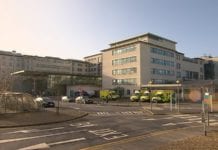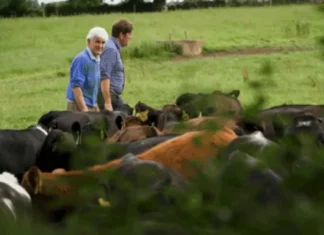All recoveries are clearly not equal with less than 6,000 of the 67,000 jobs created this year coming to the West of Ireland.
While Ireland’s economy has been making a steady recovery, the creation of new jobs has been almost wholly focused on the east coast.
Information from the CSO shows that 66,700 jobs have been created in Ireland this year up to the end of September, however only 5,100 of those were in the West.
The Irish Independent reports that Dublin has continued to swallow up the lion’s share of new growth with 32,900 of those new jobs centering on the capital.
According to the Q3 Labour Force Survey, the next most popular area for businesses to invest in was the south-west which saw 15,100 new jobs.
But while employment increased overall by 3% this year, the border-region suffered far more than the rest of the country with a net loss of more than 3,000 jobs.
The difference in employment gains highlights an increasing divide between rural and urban areas, with major foreign investors not wanting to stray too far from Dublin.
Minister for Rural and Community Development Michael Ring has admitted that the country is “imbalanced”, with many people living in rural areas making long commutes to get to work.
On Thursday the government unveiled its Future Jobs programme will take the place of the Action Plan for Jobs set up during the recession.
Today the Taoiseach and Minister Ring also unveiled details of a rural regeneration scheme that aims to invest €1 billion in rural areas over the next ten years.
The vast majority of the jobs created this year (59,100) were in the services side of the economy with industries like ICT, transport, hospitality, food and administration dominating growth.
Withing those sectors 61% of jobs created this year have been in the Greater Dublin area.
Fianna Fáil business spokesperson Billy Kelleher said that while the growth in employment was welcome news, there was a worrying trend of a “two-tier recovery”.
He noted that the European Commission has already warned Ireland about a regional imbalance in job creation and investment.













